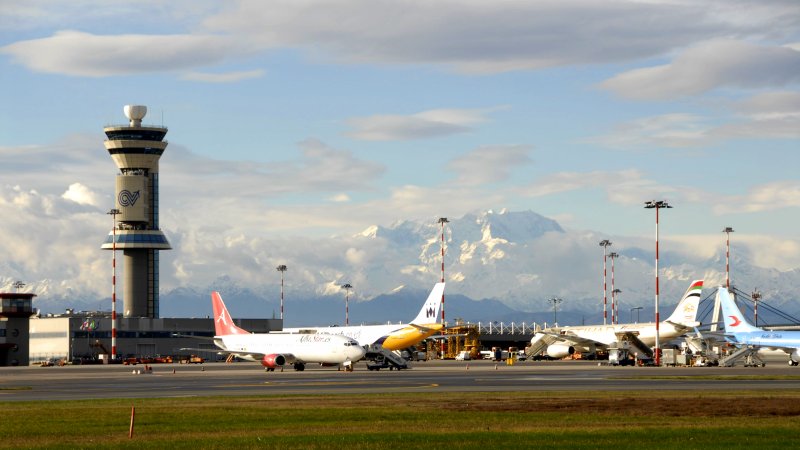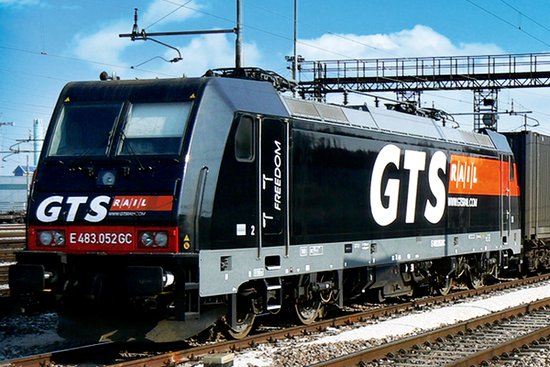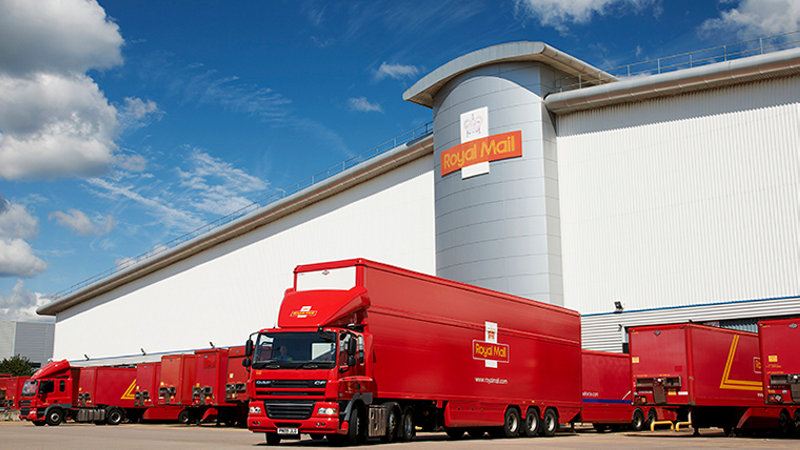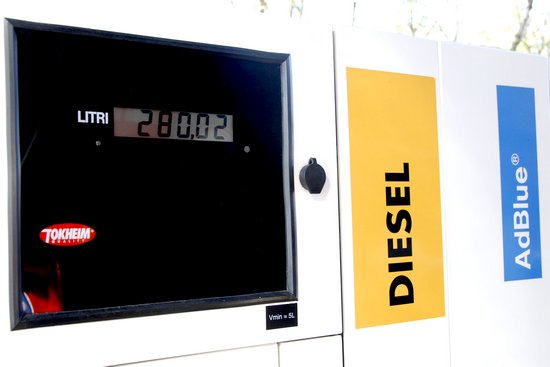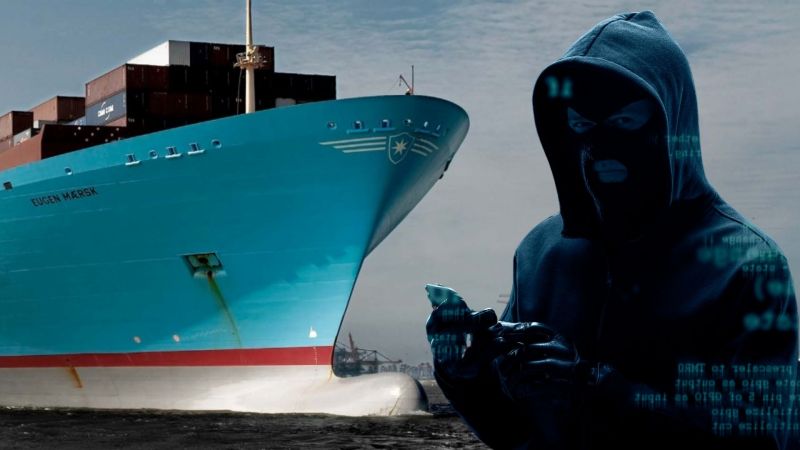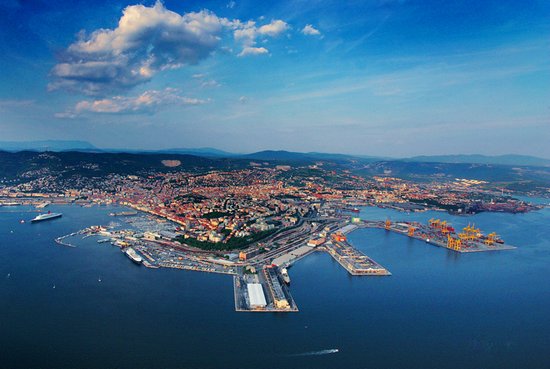Spain and Portugal have issued a second yellow card to France. The French authorities and national railway operator have been called out over delays in completing cross-border connections between the Iberian Peninsula and the French rail network. Madrid and Lisbon are pushing to create a unified European rail space and to maximise the benefits of investments made in their respective countries, particularly in Spain, where the network operator Adif has completed numerous infrastructure upgrades to accommodate international freight transit. Notably, Spain has made the significant decision in recent years to adopt the European standard gauge instead of the wider Spanish gauge on EU corridors, or in some cases, employ dual-gauge solutions.
In April 2024, the Spanish and Portuguese prime ministers first addressed a formal request to the French government, and in November 2024, they reiterated their appeal to stir action. Constructing new lines in France, from Bordeaux to Hendaye in the Pyrenees along the Atlantic TEN-T Corridor, and from Montpellier to Perpignan along the Mediterranean Corridor, would complete the infrastructure up to the Spanish border, integrating with the Iberian network. The first route requires around 200 kilometres of new track, while the second spans approximately 150 kilometres.
At least on paper, France has already made its decisions, but progress towards construction has been slow. The new line between Montpellier and Perpignan is planned for mixed passenger and freight use, along with the rail bypass between Nîmes and Montpellier, notable for being the first French high-speed line (albeit formally classified as LGV) expressly built for mixed traffic. In fact, the first train to run on it, on 10 December 2017, was a commercial freight train. Between Perpignan in France and Figueres in Spain, the high-capacity mixed-traffic cross-border line, which includes the trans-Pyrenean tunnel stretching just over eight kilometres, has been operational since December 2010.
For its part, Spain intends to extend mixed passenger and freight use on the entire route from Barcelona to France and on the high-speed network in the north, which has ample unused capacity, unlike the heavily trafficked Madrid-Seville line. This strategy is also intended to balance the significant management costs of these lines. There is a reason for this: Spain has the largest high-speed rail network in Europe, stretching nearly 5,000 kilometres, perhaps not all strictly necessary, constructed with extensive use of EU funds. In fact, almost half of the total European resources allocated for railway infrastructure went to Spain, which also received the highest percentage of co-funding.
Piermario Curti Sacchi




